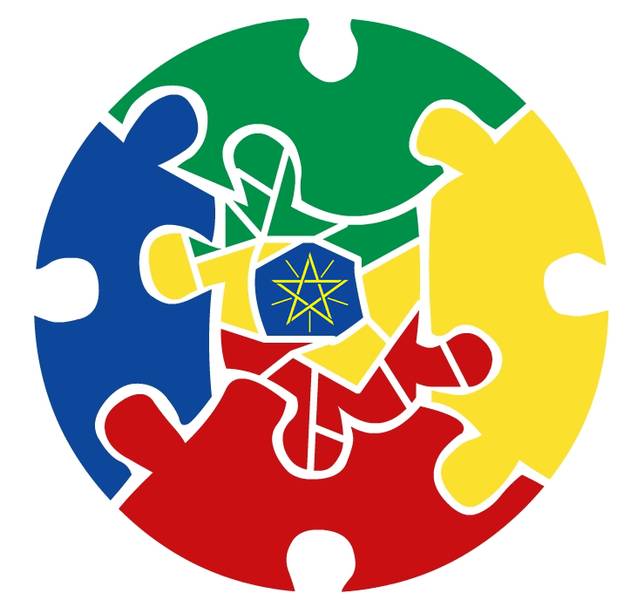Prime Minister Meles Zenawi was only reiterating the widely accepted argument for the construction of dams in the upper-riparian countries, when he said, ‘the Dam will greatly reduce the problems of silt and sediment that consistently affect dams in Egypt and Sudan. This has been a particularly acute problem at Sudan’s Rosseiris dam which has been experienced reduction in output’, on the launching ceremony of the Grand Millennium on April 2.
The Premier didn’t directly mention Egypt’s Aswan dam. Perhaps, that is because he didn’t want to be seen obsessed with Egyptian issues. Perhaps, he deemed the Sudanese Rosseiris dam more suited to his argument, since the Dam lost a third of its storage capacity due to sedimentation in just 30 years!
Egypt’s Aswan dam is no better, however.
The sediment load that is deposited in the Aswan dam annually is estimates about 130 million tons are deposited. Though, with the current rate of sedimentation, it would take more than 200 years to fill the dam, the reservoir becomes smaller each year, and is less able to handle the water and electricity-generation needs of Egypt. Not to mention that the sediment are not evenly distributed on the bottom of the dam, which creates its own complications.
Yet, there is more to it. The evaporation rate of the dam is estimated about 10-16 billion cubic meter evaporated every year, which is more than 10% of the water stored in the dam or 20% to 30% of the Nile water that reaches Egypt. The high evaporation rate is not only a function of geography. Unlike Ethiopia’s new dam which keeps the water in narrow gorges, the Aswan dam lies on a wide open surface thereby increasing exposure to solar heating. This is exacerbated further by the increased salinity of the water that makes the water warmer every year and, consequently, even higher rate of evaporation.
These data are from researches conducted in the 1980s and 1990s. Long before the multi-faceted effects of climate change were identified. Yet, they suffice to show that constructing dams in the upper-riparian countries is in the interest of Egypt.
Egypt has long chose to downplay this fact, arguing it will take hundred years before the dam chokes with silt. An irresponsible argument in terms of generational equity. Not to mention its blatant disregard of the current rate of water wastage.
Now, with the commencement of the Grand Millennium dam that would halve the annual water lost and reduce the sediment load of the river, Egypt is suddenly interested in the matter.
According to yesterday’s report by an Egyptian media outlet, Egypt is planning to ‘a huge project’ to move the silt accumulated in the dam. With silt dug out from the dam, a desert land of 2000 acres(810 Hectare) is to be transformed into a highly productive agricultural land – as the silt is to create a 25-30 cm thick new soil bed.
The news doesn’t provide cost estimates of the project. That is either because it is frighteningly high or they didn’t make cost projections yet. No less important is the question that where would the water needed for the agricultural endeavor would come from. Especially, given Egypt’s reputation for it water resource wasteful irrigation schemes.
But that is besides the point. The timing of the project speaks a volume. It is a clear indication of Egypt’s unwillingness to settlement of the Nile waters utilization issues with the upper-riparian countries. As it appears a maneuver to challenge their case.
Lest the upper-riparian countries move assertively, ten years from now we may find Egypt claiming a natural right to the silt, thus opposing even Hydropower dams.
[Note that: In the Ethiopian part of the Nile Basin, 405 million cubic meters of topsoil are estimated to be discharged annually into the Blue Nile, 20 million cubic meters into the Tekeze (Atbara) and 10 million cubic meters into the Baro-Akobo.]
Read below yesterday’s news of Egypt’s new project – [Google translation]
**********
For the first time: a project to transfer Nile silt from Lake Dam to the desert
Mohammed Ghanem
The Ministry of Agriculture and Land Reclamation is currently coordinating with the Ministry of Water Resources and Irrigation, projects a giant to move the silt Nile accumulated behind the High Dam for a distance of 300 kilometers [feet?] deep in the lake dam, to desert lands the new around and near the site accumulation of silt, in order to turn it into fertile land directly fast and high productivity of various crops, especially wheat and barley.
Agreed with Dr. Ayman Abu Hadid, Minister of Agriculture and Land Reclamation to form a working group of experts from the construction projects and agricultural development and sector development the High Dam Lake and the Center for Agricultural Research to coordinate with the Ministry of Irrigation, the work of a detailed study of the transfer project silt from behind the High Dam to the desert lands adjacent , the lowest cost and Baltknuljiat currently available in Egypt.
The Brigadier Saeed Taha, head of the High Dam Lake Development and the supervisor of the working group, that the bill submitted by the Ministry researcher Dr. Sahar Ismail, working to improve the physical properties and chemical to the new lands and the ability to retain water and natural elements and to reduce wastage and drop-out rates of the soil is what means the retention of soil nutrients necessary to double the production.
He can cross the draft silt increase the agricultural area in southern Egypt after suffering severe bleeding and eroded in the Delta, pointing out that it can work surface layer of silt depth ranging between 25 and 30 cm, any space which is enough for the rapid cultivation of wheat and achieve the highest productivity.
The project will be applied in the case of adoption and approval to start its implementation in the areas of more than 200 thousand acres, provided that the maximum optimization of irrigation systems developed to meet the water needs of the existing crops in that land according to the ration of water, which was established for.
************
You may stay updated by Subscribing for e-mail notifications, or, by connecting on Facebook or by following on Twitter.





